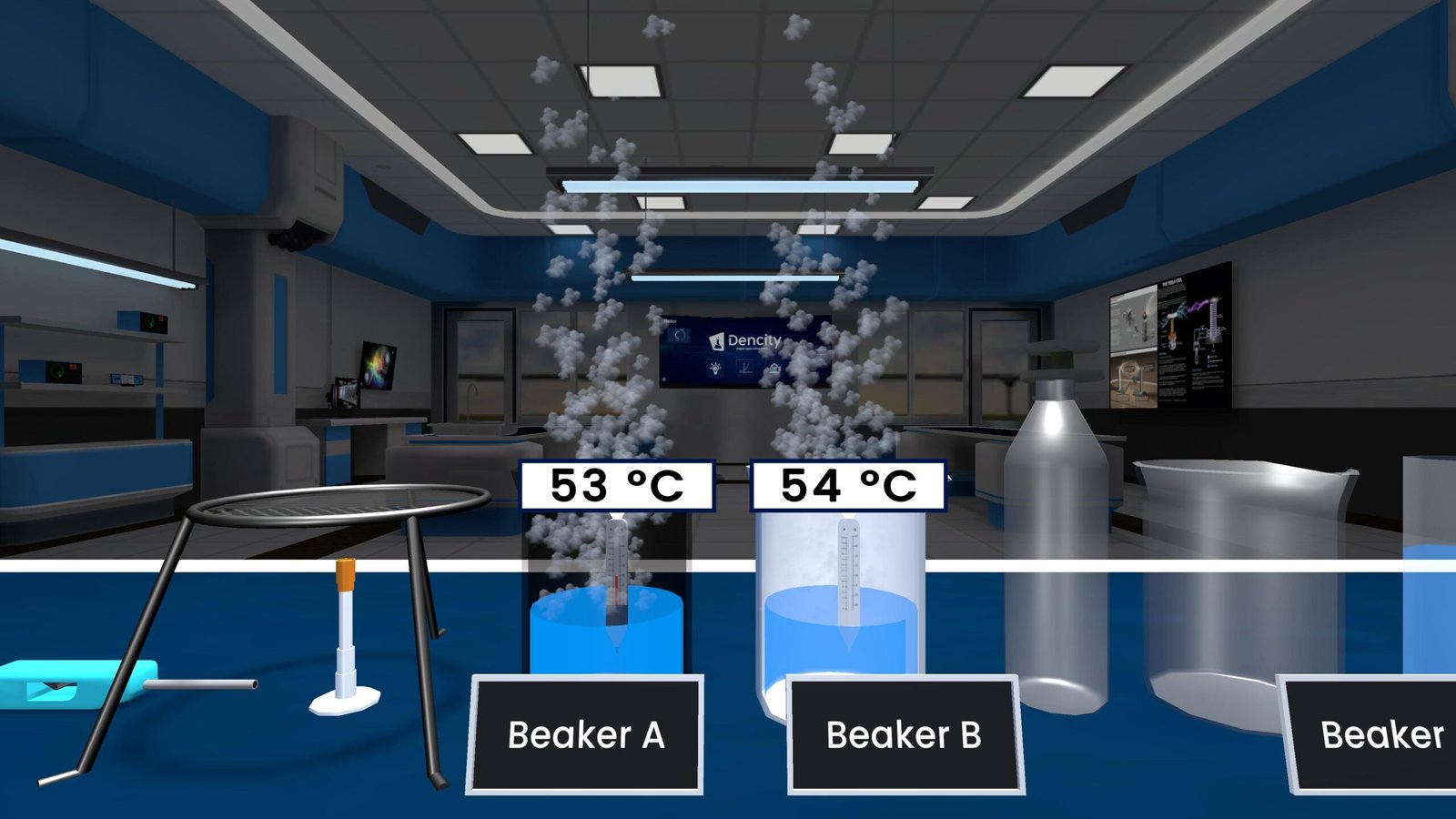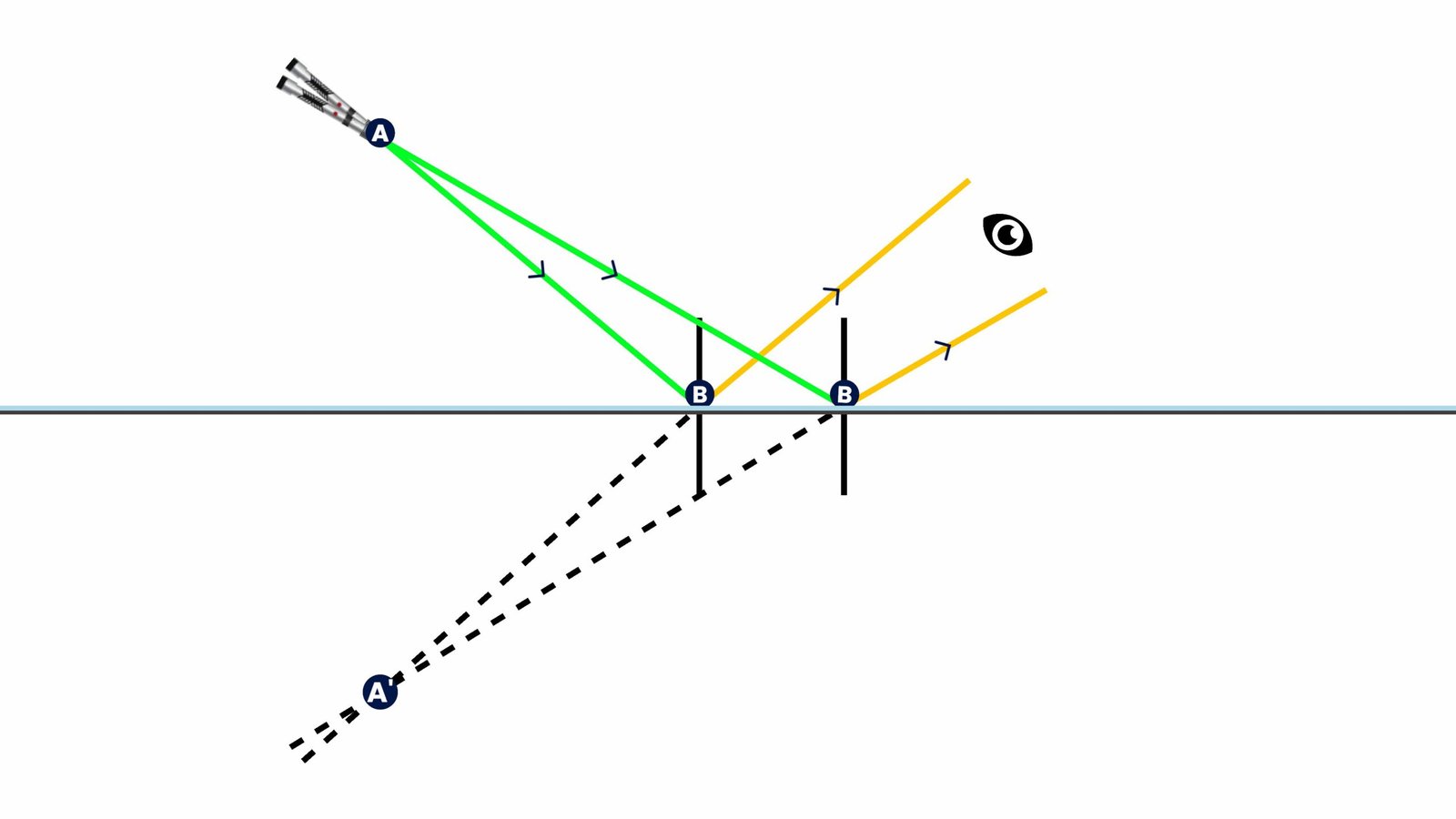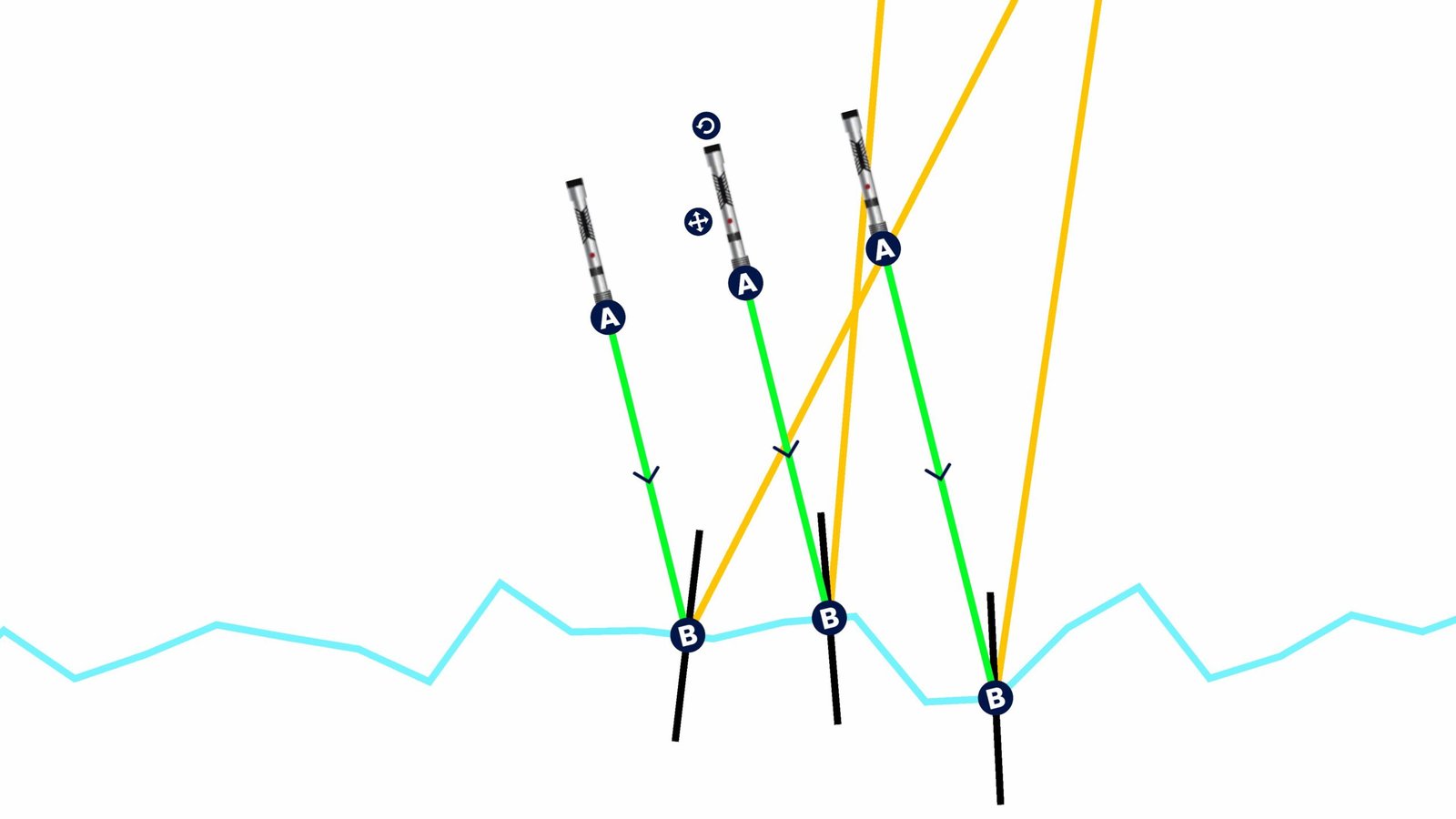Heating of Metals – Understanding Thermal Conductivity (Class 9 Science)
The heating of metals experiment helps us learn about thermal conductivity, which is how well a material can transfer heat. Different metals conduct heat differently, and this experiment helps classify them as either good conductors or poor conductors.
What is Thermal Conductivity?
Thermal conductivity is the ability of a material to transfer heat from one part to another. Metals are generally good conductors of heat, but not all metals conduct heat equally well.
How the Experiment Works
In this experiment:
- A metal rod is taken.
- One end is heated with a flame.
- The other end has a pin attached with wax.
What happens next?
- If the metal is a good conductor, heat travels quickly, melts the wax, and the pin falls off.
- If it’s a poor conductor, heat does not reach fast, so the pin stays in place.
Results and Observations
| Metal | Pin Falls | Conclusion |
|---|---|---|
| Copper | Yes | Good Conductor |
| Aluminium | Yes | Good Conductor |
| Lead | No | Poor Conductor |
| Mercury | No | Poor Conductor |
Real-Life Applications
- Copper is used in cookware and electrical wiring due to excellent heat and electrical conductivity.
- Aluminium is common in utensils and foil for its conductivity and lightweight properties.
- Lead and mercury, being poor conductors, are used where insulation from heat is required.
Key Observations
- Faster wax melting = better heat transfer = good conductor.
- Delayed or no melting = poor heat transfer = bad conductor.
- Not all metals conduct heat equally.
- The experiment shows how different materials respond to heat.
Conduct the Heating of Metals Experiment with the Dencity App
The Dencity virtual lab lets Class 9 science students explore thermal conductivity in a safe and interactive environment.
With the Dencity app, you can:
- Simulate heating various metals.
- Observe how wax behaves with each type of metal.
- Understand which metals are good or poor conductors.
- Repeat experiments without the risk of burns or mess.
It’s a safe, cost-effective, and engaging way to learn about science experiments virtually.
Dencity for Teachers
Dencity enhances interactive teaching through:
- Creating virtual classrooms with controlled experiments.
- Assigning homework with automatic tracking and grading.
- Demonstrating thermal conduction visually using 3D simulations.
- Making concepts like heat transfer easy to understand.
This boosts classroom engagement and improves learning outcomes.
Works on Interactive Panels
The Dencity app is fully compatible with interactive touch panels. Teachers and students can use touch gestures to conduct experiments and analyze results, making the virtual science lab experience even more interactive.
Contact Us for Demo and Pricing
Want to bring modern science learning to your school? Contact us today for a customized demo session and affordable pricing plans tailored to your institution.
10 Frequently Asked Questions
- What is thermal conductivity?
The ability of a material to transfer heat. - Why does the pin fall off in the experiment?
Because the wax melts due to heat transfer through a good conductor. - Which metals are good conductors?
Copper and aluminium. - Why are lead and mercury poor conductors?
They don’t allow heat to travel quickly through them. - What is this experiment used for?
To identify and compare the thermal conductivity of different metals. - Why is copper used in cooking vessels?
Because it conducts heat quickly and evenly. - Can this experiment be dangerous in a real lab?
Yes, handling hot metals and open flames can be risky. - How does Dencity help make this safe?
By simulating the experiment virtually without any real heat or fire. - Is this part of the Class 9 science syllabus?
Yes, it aligns with class 9 science curriculum topics on heat and materials. - Can teachers control the experiment in Dencity?
Yes, teachers can guide, assign, and track student progress through interactive teaching tools.







